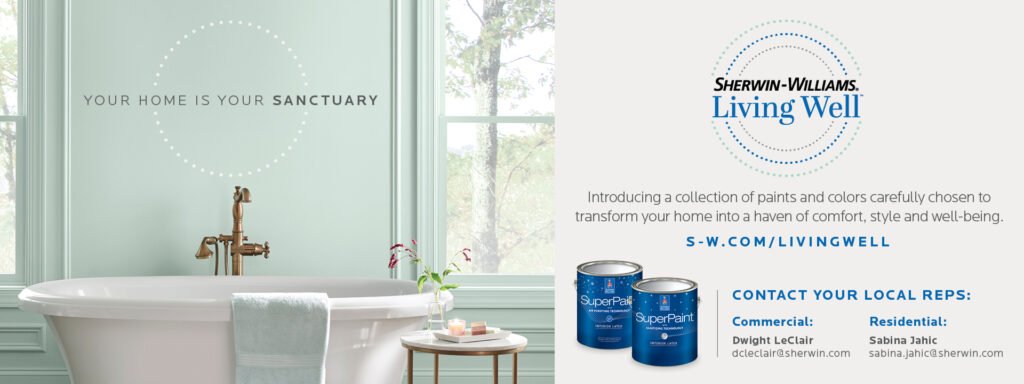
THE MEANING OF “HOME”
Shirley E. Hammond, FASID, NCIDQ, RID
“ET…home!”
We all remember the words of the little alien creature pointing to the sky and desperately begging his earthly companions to take him home. Regardless of what his companions did to make him comfortable, he was not satisfied until he could “go home.” Similarly, Dorothy begged the Wizard of Oz to help her “go home.”
So, what constitutes home? Is it a place? Is it a direction? Is it a memory? Is it an emotion? It is all of the above and more. Interior designers specializing in residential design know there are “houses” and there are “homes.” The difference is often hard to describe but turning a “house” into a home is the mission.
Definition of “home:”
Definitions of “home” abound. It is a place where you permanently live, especially as a member of a household. It is often a place where you began and want to return, based on positive memories. It is a nesting area even for flocks of geese “homing” year after year. It is a village or estate where souls are gathered. It is a dwelling place but not necessarily a structure. It is a place where domestic affections are centered. It is a place of protection and security. It is a place centered around the heart, hearth and health. It is a place of belonging, identity and privacy. It is a place for centering—we leave it each morning and return to it each evening. It is a place you receive intangible feelings of peace, joy and hospitality.
“Home” is many things, often hard to define, but you know when you are there.
Why is “home” important?
Psychologists point to “home” as part of our “self-definition.” When we greet one another, we want to know “where is your home?” It describes who we are. We design and decorate our houses inside and out to present a public face and an extension of ourselves. Our choices are often based on economy but result in places that define us. Depending on our “mental souvenirs” of time spent there, we are either tourists or lifetime residents. If we sense individual control, proper orientation, predictability and security, the place qualifies as “home.” If we sense the “hearth effect” of feeling safe, warm and satisfied with the ability to rest and recharge, it is “home.”
“Home is where the heart is” is not just a literal place but a sense of satisfaction in a place. Just because you might be homeless does not mean you do not have a “home.” Studies of homeless “communities” reveal a deep sense of belonging to a “household.” Alternately, we may live in a place but experience “homesickness,” revealing feelings of being distanced from and longing for “home.”

The Interior Design “Home” Mission:
So, as interior designers, what is our mission with residential projects? We must be part detective and part psychologist! There are “houses” and there are “homes.” We must discover what the client values (or misses) in this place. Is this project a “house” or a “home?” The word “house” refers to a building made for people to occupy. The word “home” refers to a “house” (or not) with the definitions and psychological comforts previously described.
To describe my process of discovery, I begin all projects by asking questions but mostly listening to the “why” of what clients are telling me. I always ask them to “do some homework” prior to our first meeting. I ask them to create two “wish” lists—functional and aesthetic with each item on the list prioritized from most to least important. I ask them to take time with the list, “simmering” on the details. If the space needs renovation, tell me “why.” For example, a functional “wish” list might include more space, more storage, more light, better view, better layout for the tasks to be done in the space, more accessibility, more privacy, more organization and/or more durability. An aesthetic “wish” list might include a lighter color palette (or brighter, darker, warmer or cooler); detailing might include ornateness (or simplicity or historic); flooring might include soft (or hard or easy maintenance); textures might be soft (or smooth). The functional and aesthetic details they describe determine their idea of comfort, security, joy and hospitality. These details describe their “house” and what makes it their “home.” If I listen carefully, I have “my homework” and the prescription for the project.
Every client is different with different requirements. Thus, every project is different with different solutions based on clients’ personal needs. Allowing clients to “simmer” over their thoughts and create their formalized “wish” lists is enlightening– to me and, more importantly, to them. Clients begin to understand the project goals and I begin to find solutions that are specific to their requirements. Our projects belong to our clients, not to us. Our solutions reflect their “wishes” and turn their “houses” into “homes.”
Wonderfully, residential design offers interior designers the opportunity to create the meaning of “home” for our clients—a place of comfort, security, individuality.
At the end of the day, ET is not the only one who wants to go “home.” Like Dorothy says, “there’s no place like home.”
